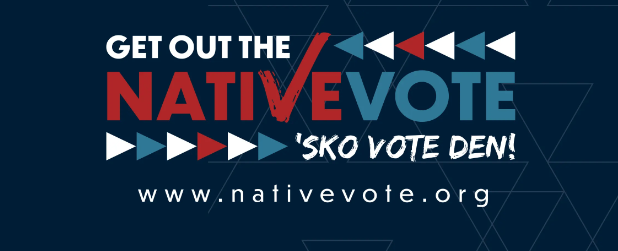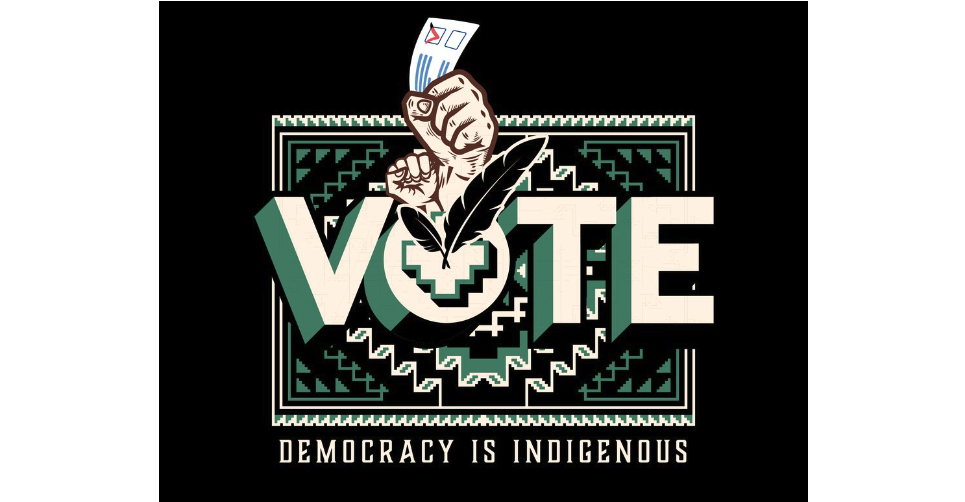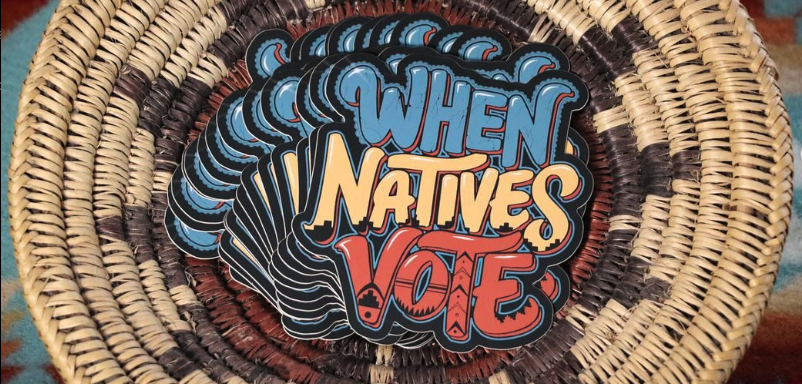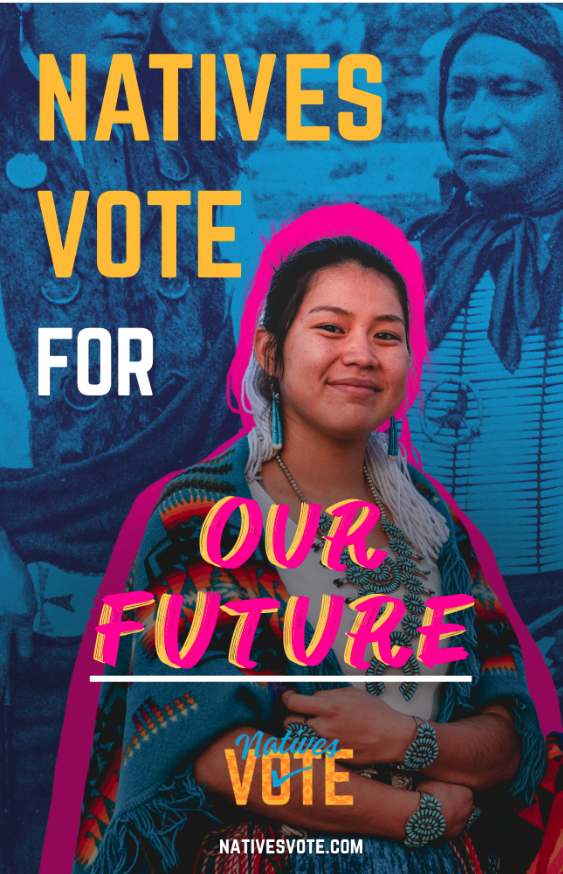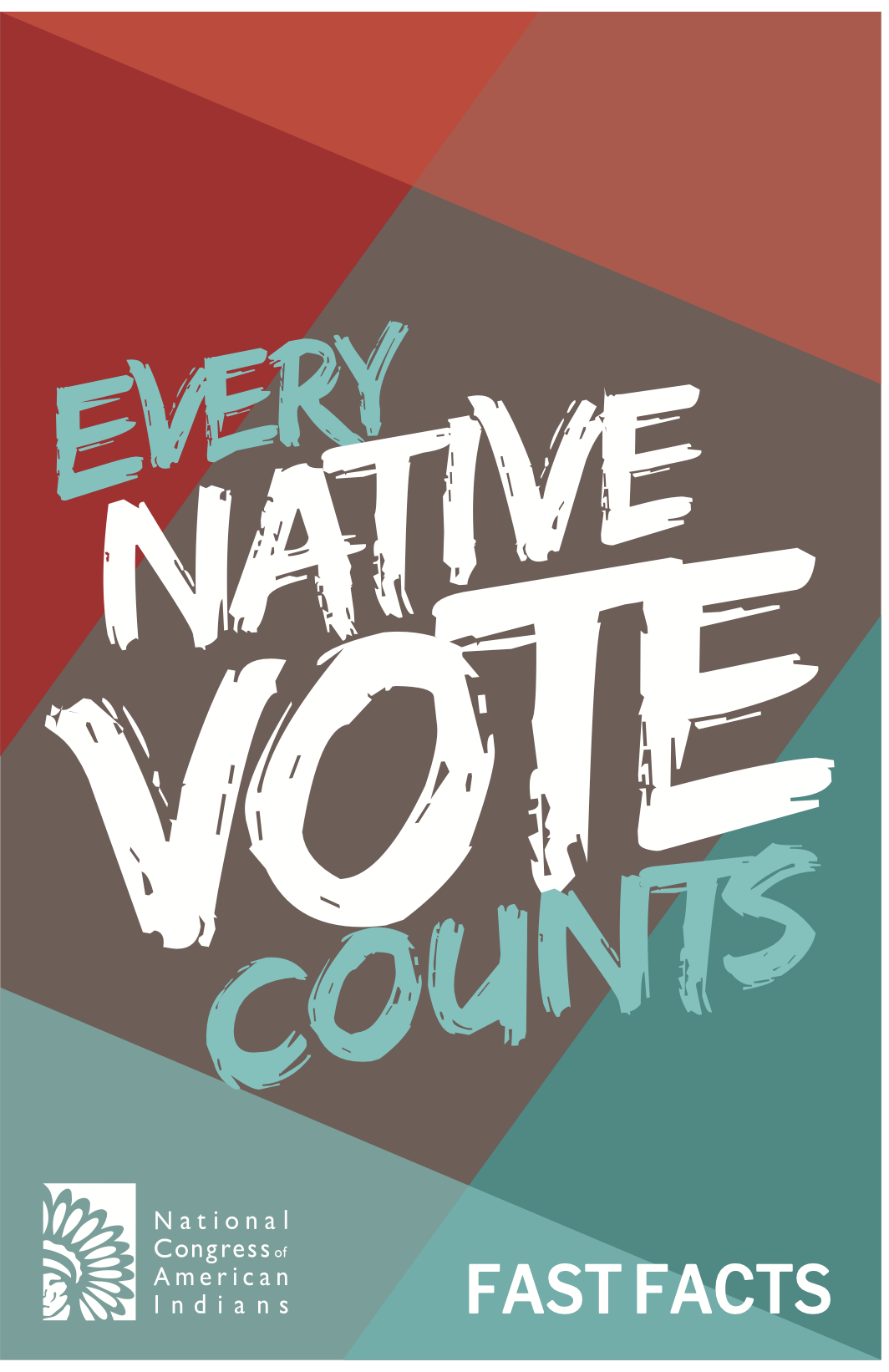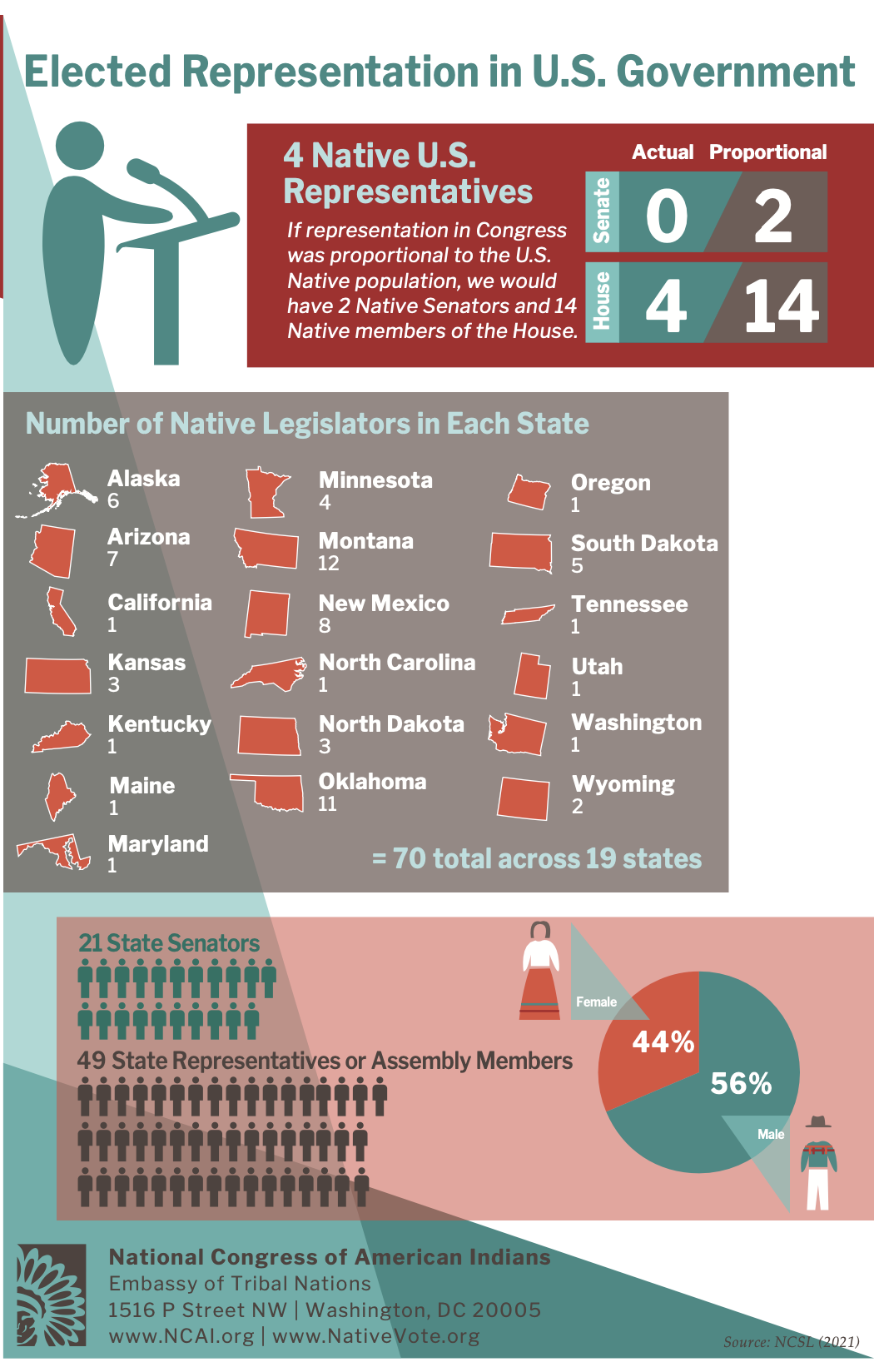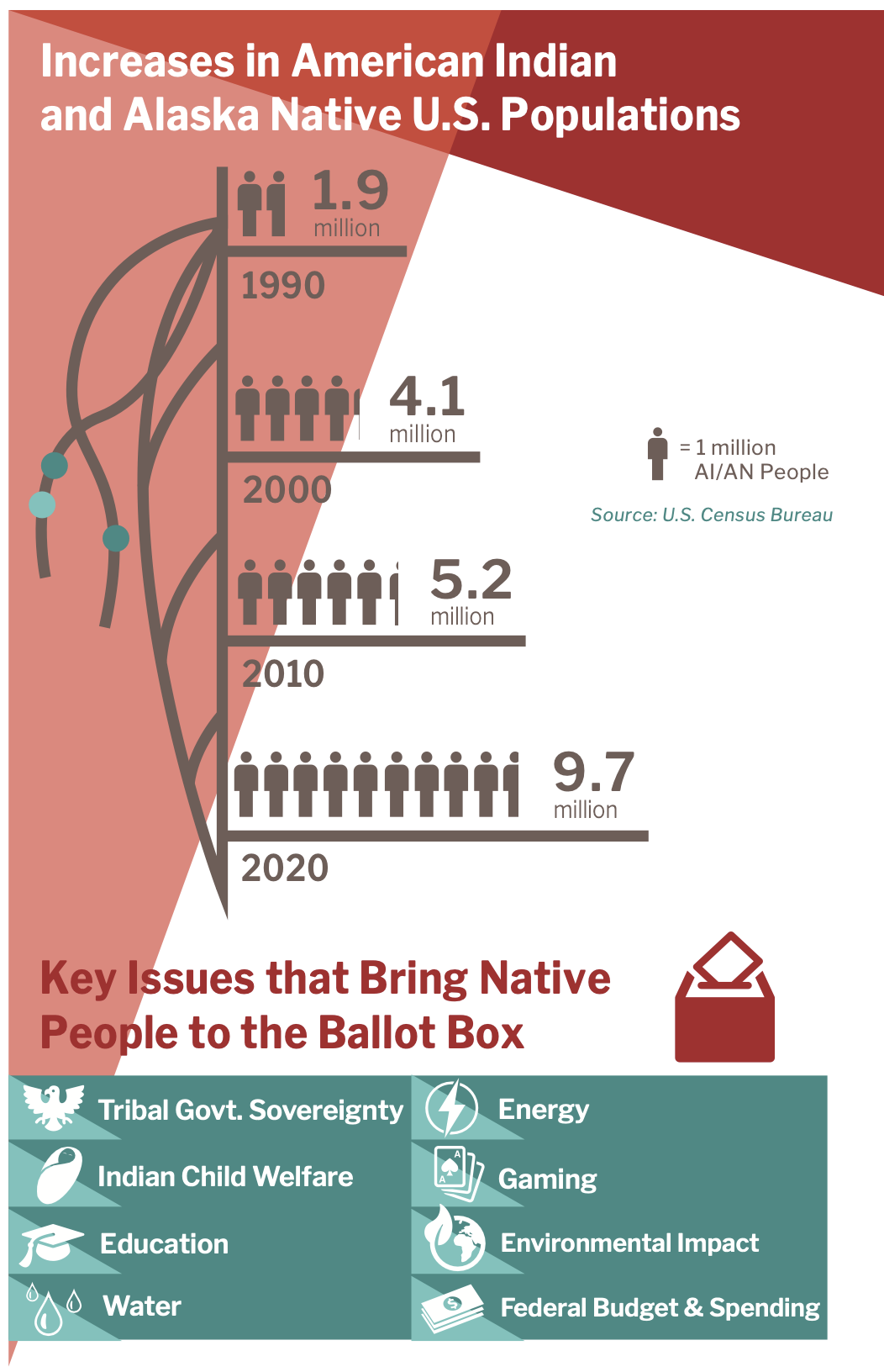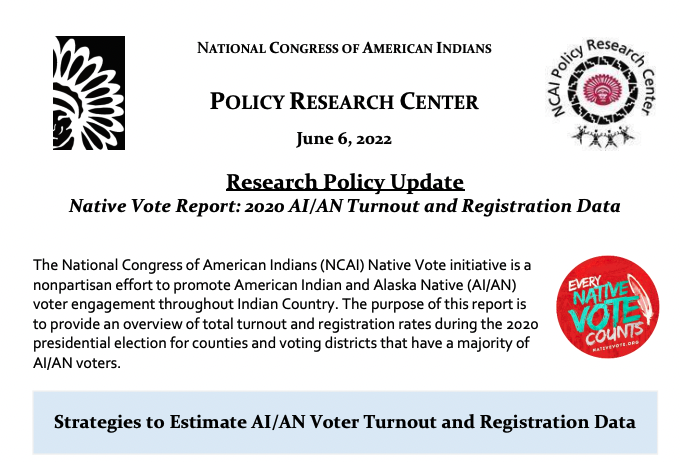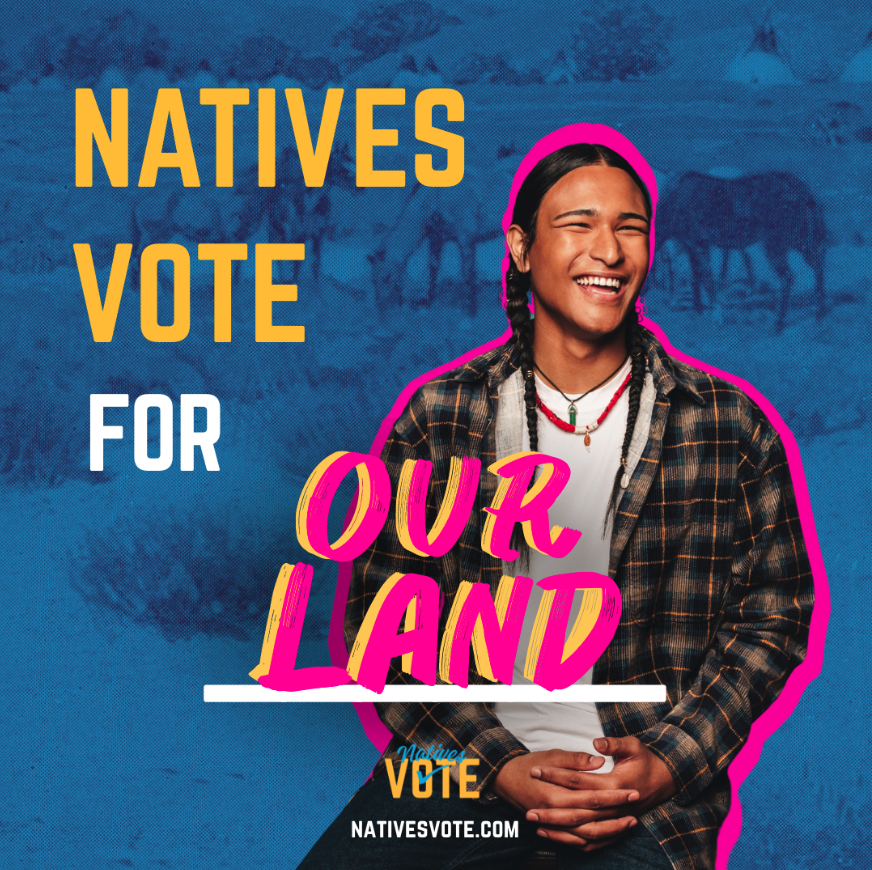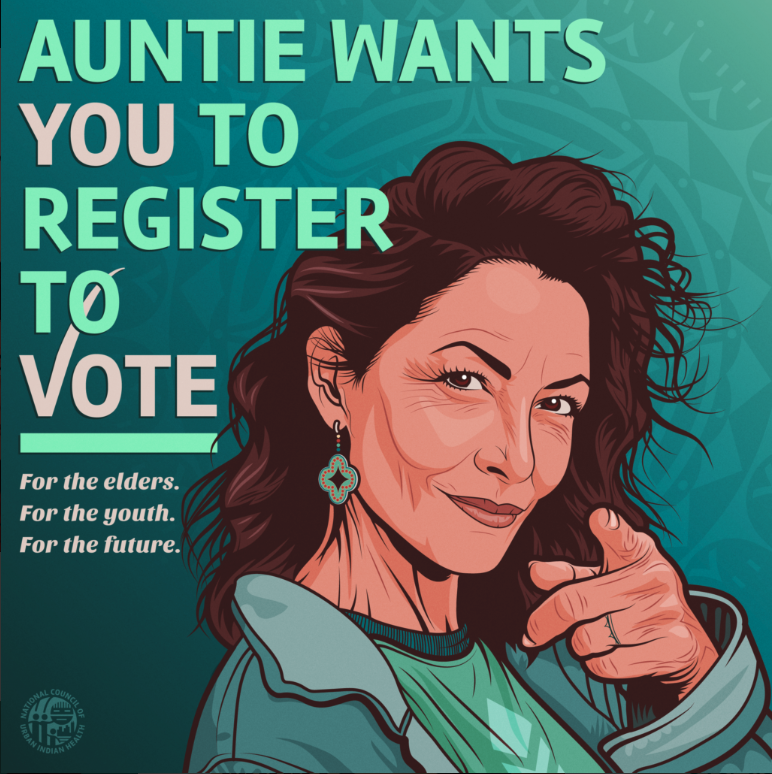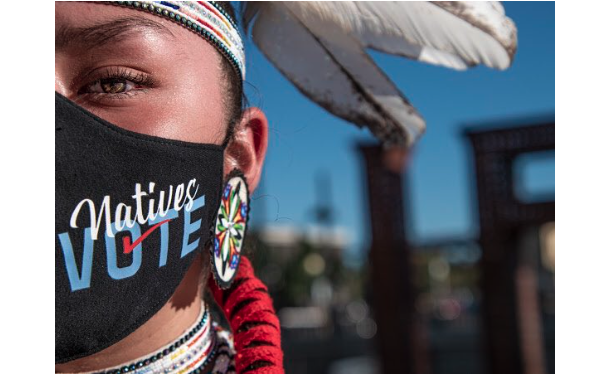Native Vote
One vote matters. *Your* vote matters. And together, our votes have the collective power to decide the future of the country we want to see. Let’s break records again in 2024.
Helpful Resources & Information
Upcoming Key Dates
- August 16, 2024 National Poll Worker Recruitment Day!
- September 17, 2024 National Voter Registration Day!
- October 7-11, 2024 National Voter Education Week!
- October 29, 2024 National Vote Early Day!
- November 4, 2024 Election Hero Day!
- November 5, 2024 – Election Day!
- Register to Vote
- Decide if you will vote by mail or in person
- Request a ballot or find your local polling place
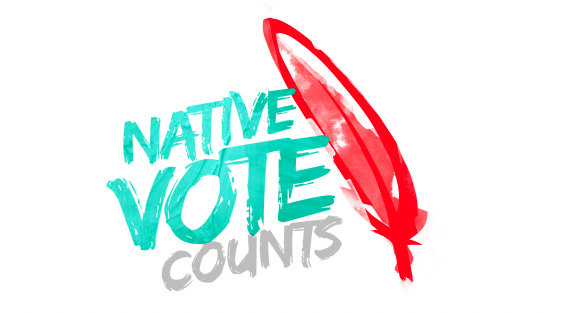
Click Here for more information from NCAI Native Vote Toolkit
Register voters and distribute voter registration cards through:
Tribal, local, or IHS health facilities: The local IHS facility, for example, is a great place to find people to register to vote. You can take time to educate the voters and recruit volunteers as they wait to be seen by the health care providers.
Tribal headquarters: All tribal headquarters should have voter registration materials made available to the public in the facility’s high-traffic areas.
Local elementary, middle, and high schools: Registering voters at local community schools will give parents and teachers convenient access to voter registration. It also gives you direct access to the newest crop of unregistered voters – high school students who are 18 and older.
Tribal agencies: Places like local housing, childcare, or economic development agencies are frequented by diverse populations every day.
Canvassing: Get-Out-the-Native-Vote (GOTNV) by canvassing door-to-door in your local neighborhoods to register people to vote.
The NCAI Policy Research Center developed a strategy to use new 2020 Census voting-age population data for AI/ANs to determine counties and voting districts that have a population in which the majority of the population is represented by AI/ANvoters, who are typically a minority of the total population in most areas of the country. These “AI/AN majority minority” counties and voting districts can help estimate AI/AN turnout and registration data that otherwise is not directly available.
This report first outlines turnout data within counties that have a majority minority population specifically for AI/ANs of voting age, followed by turnout and registration data within majority minority voting districts for AI/ANs of voting age. The AI/AN voting-age population is AI/ANs who are 18-years-and-older and who reported their race at the time of the 2020 Census as either AI/AN alone or AI/AN in combination with some other race(s).



